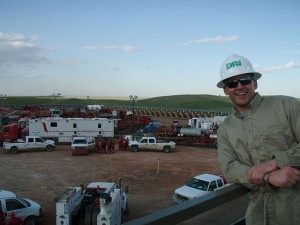How To Successfully Manage Fast Unexpected Changes
The other fly in the petroleum jelly is the risk of a financial crackup such as Russia’s 1998 default. “You will always have financial risks associated with fast, unexpected changes,” says Anders Aslund, a senior fellow at the Peterson Institute for International Economics. Oil’s Price Plunges — What’s Not To Like? Bloomberg Businessweek, Jan 12, 2015.
Change can be a great thing. It can pull an organization out of its malaise and move it from the mediocre to the exceptional.
For example, see The Leap To Exceptional Is Shorter Than We Think
The trick, however, is to pace the change. Most of the resistance we’ll see is not because people don’t want to change, but that they don’t want to be changed. The simplest approach is to get people excited and educated about a desired change and let them carry it forward under good guidance.
If there is one consistent deficiency I’ve personally had in my career it is being too impatient and not pacing the change the organization is experiencing. I always found it too obvious and too clear on what to do and why can’t others see what I see?
Luckily I stumbled into the opportunity to take some time and dig into such subjects as change management and technology transition. The notion that an organization moves through a consistent pattern when going through change made things a lot better for both me and for the organization I was trying to improve.
See Why Change Management Projects Are Hard And How To Succeed Anyway
Rapid change can cause more harm than good and undermine even the best ideas. Finding that pace and avoiding fast unexpected changes that are disruptive rather than constructive is worth the time and delay. It still should be fast, faster than many people are comfortable. Fast enough to generate a momentum and a sense of urgency. And it can’t be too slow. I found that if there is not enough going on to drive the change, then it all can be lost in the normal noise and activity of the organization.
Make it fast, but tune it to not be too fast nor too unexpected.
See how to tune a change by Paying Attention
Have you found a good pace for bringing about changes in your organization?
